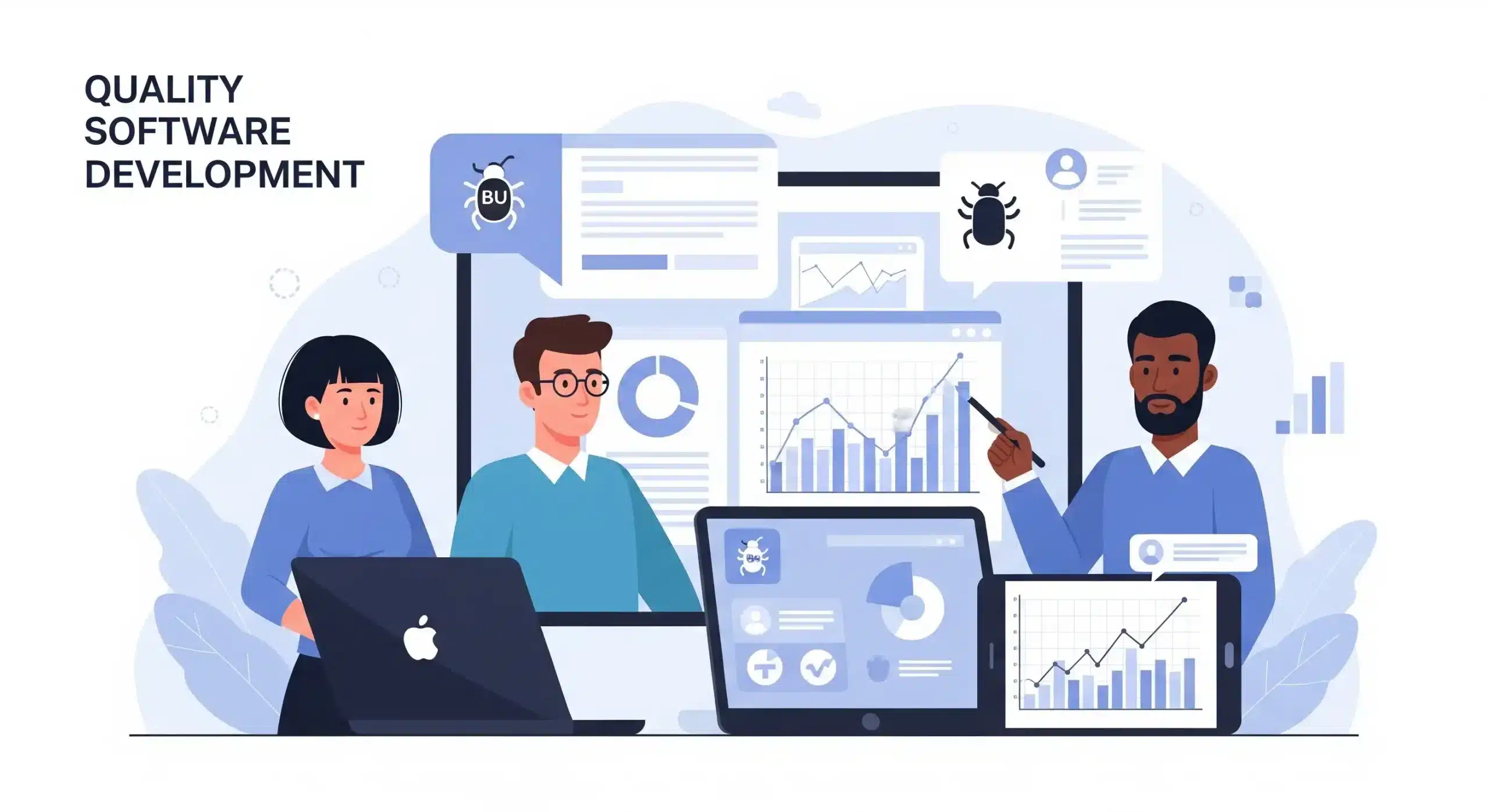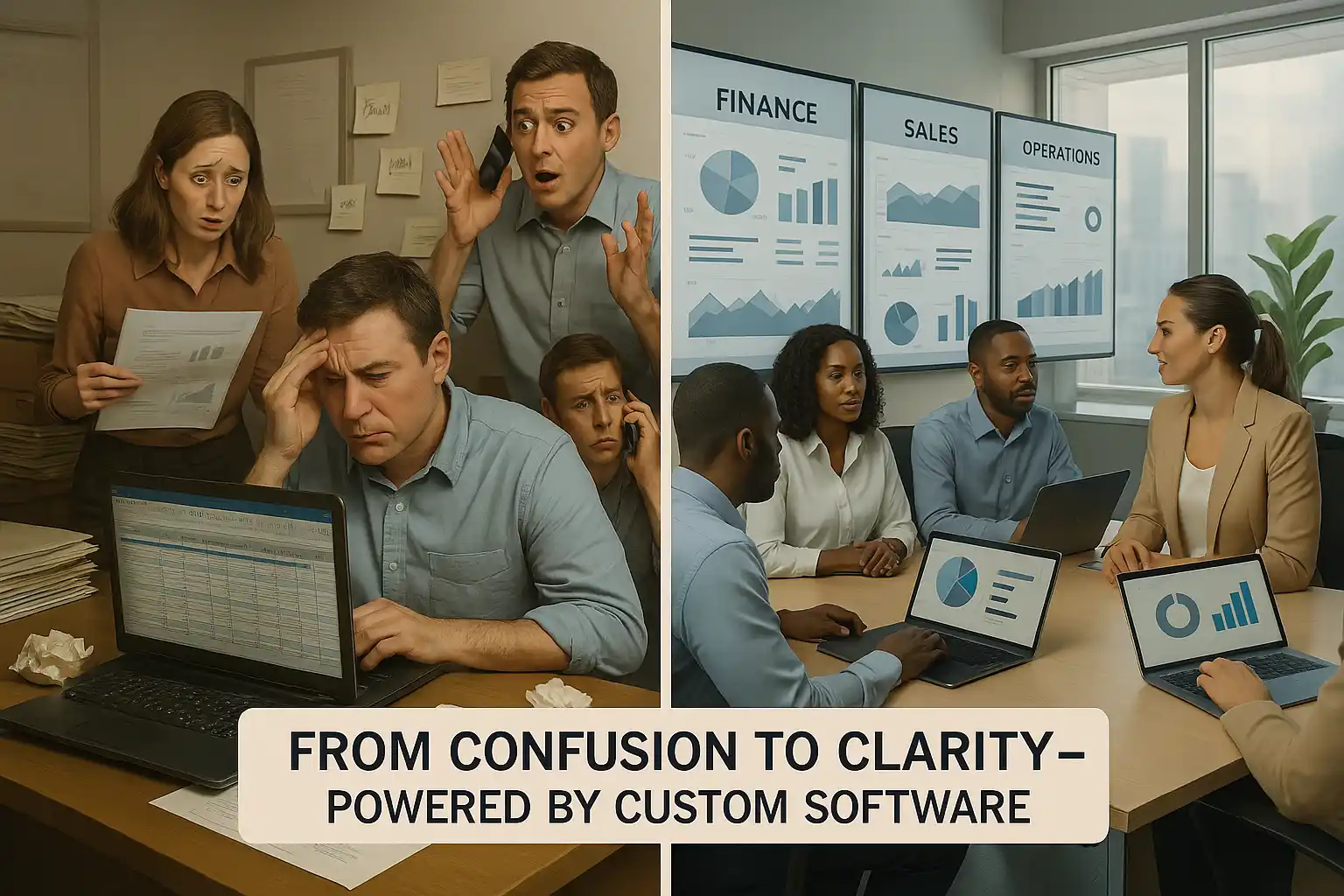Reasons Why Every Software Product Owner Should Embark Upon a Product Modernization Journey

As technology continues to advance at an unprecedented rate, businesses that fail to keep up, risk falling behind their competitors. They must continuously evolve their IT infrastructure to keep up with changing market conditions and customer needs. However, many organizations are still running on legacy systems, which can be outdated, slow, and difficult to maintain. This is where product modernization guide comes in.
For Software Product Owners, this means constantly evaluating and updating the products and services their organizations offer to ensure they meet the needs of today’s fast-paced, tech-savvy consumers.
What is Application Modernization?
Application modernization refers to the process of updating and improving legacy systems to align with current business needs and technological advancements. This can involve anything from upgrading hardware and software to re-architecting systems for cloud-based deployment. The goal of application modernization is to enhance system performance, reliability, and security, while also reducing maintenance costs and improving agility.
Why Modernize Legacy Systems?
There are several compelling reasons for businesses to modernize their legacy systems, including:
Enhanced Functionality: Legacy systems may lack the features and capabilities needed to meet current business needs. Modernizing applications can add new functionality and enable organizations to offer new services and products to customers.
Improved Performance: Legacy systems may be slow, unreliable, or difficult to scale. By modernizing applications, organizations can improve system performance, availability, and scalability.
Reduced Costs: Legacy systems can be costly to maintain and support, especially if they require specialized hardware or software. By modernizing applications, organizations can reduce maintenance costs and minimize downtime, improving overall cost efficiency.
Increased Security: Legacy systems may lack the security features needed to protect against modern threats. By modernizing applications, organizations can implement the latest security technologies and protocols, reducing the risk of data breaches and cyber-attacks.
Competitive Advantage: Modernizing applications can give organizations a competitive advantage by enabling them to offer new services and products, enhancing the customer experience, and improving overall business agility.
How to Approach Application Modernization?
Application modernization is a complex process that requires careful planning and execution. Here are some steps organizations can take to approach application modernization:
Conduct an Assessment: Start by assessing the current state of the legacy system and identifying areas that need improvement. This can involve evaluating system performance, security, and functionality.
Define Objectives: Define clear objectives for the modernization project, including what needs to be achieved and how it aligns with the organization’s overall business strategy.
Choose the Right Approach: Choose the modernization approach that best aligns with the organization’s goals, budget, and resources. This can involve anything from upgrading hardware and software to re- architecting systems for cloud-based deployment.
Create a Roadmap: Create a roadmap for the modernization project, outlining the timeline, budget, and resources required to achieve the objectives.
Test and Deploy: Test the modernized application thoroughly before deploying it to production. This can involve conducting user acceptance testing, load testing, and security testing to ensure the new system is robust and reliable.
9 STEPS TO LEGACY SOFTWARE MODERNIZATION
Here are the reasons why every Software Product Owner should embark upon a product modernization journey:
Stay Ahead of the Curve
Innovation is key in today’s fast-moving business environment. By embarking upon a product modernization journey, Software Product Owners can ensure that their products and services remain relevant and cutting-edge. This allows them to stay ahead of the competition, attract new customers, and retain existing ones. Modernizing products also helps to future-proof the organization, ensuring it can adapt to changing market conditions and customer needs.
Improve Customer Experience
One of the primary benefits of modernizing products is the ability to enhance the customer experience. By incorporating new technologies and features into their offerings, Software Product Owners can provide customers with a more user-friendly, efficient, and enjoyable experience. This not only improves customer satisfaction but also drives customer loyalty and retention.
Boost Efficiency and Productivity
Modernizing products can also help to streamline internal processes and improve productivity. By leveraging new technologies and automation tools, Software Product Owners can simplify workflows, reduce manual labor, and minimize errors. This not only saves time but also reduces costs and improves overall efficiency.
Increase Revenue and Profitability
By modernizing products, Software Product Owners can tap into new markets and revenue streams. By expanding the organization’s offerings, they can reach new customers and generate additional revenue. Modernizing products can also help to increase profitability by reducing costs and improving operational efficiency.
Keep Up with Regulatory Requirements
Finally, modernizing products can help organizations comply with evolving regulatory requirements. By ensuring their products and services meet the latest standards and guidelines, Software Product Owners can avoid costly fines and penalties. This also helps to build trust with customers and stakeholders, demonstrating the organization’s commitment to safety, security, and compliance.
In conclusion, embarking upon a product modernization journey is essential for every company that wants to stay competitive, enhance customer experience, boost efficiency, increase revenue, and comply with regulatory requirements. By continuously evaluating and updating their offerings, Software Product Owners can ensure their organization remains relevant and adaptive to changing market conditions and customer needs. Contact us to learn more.










